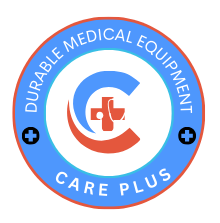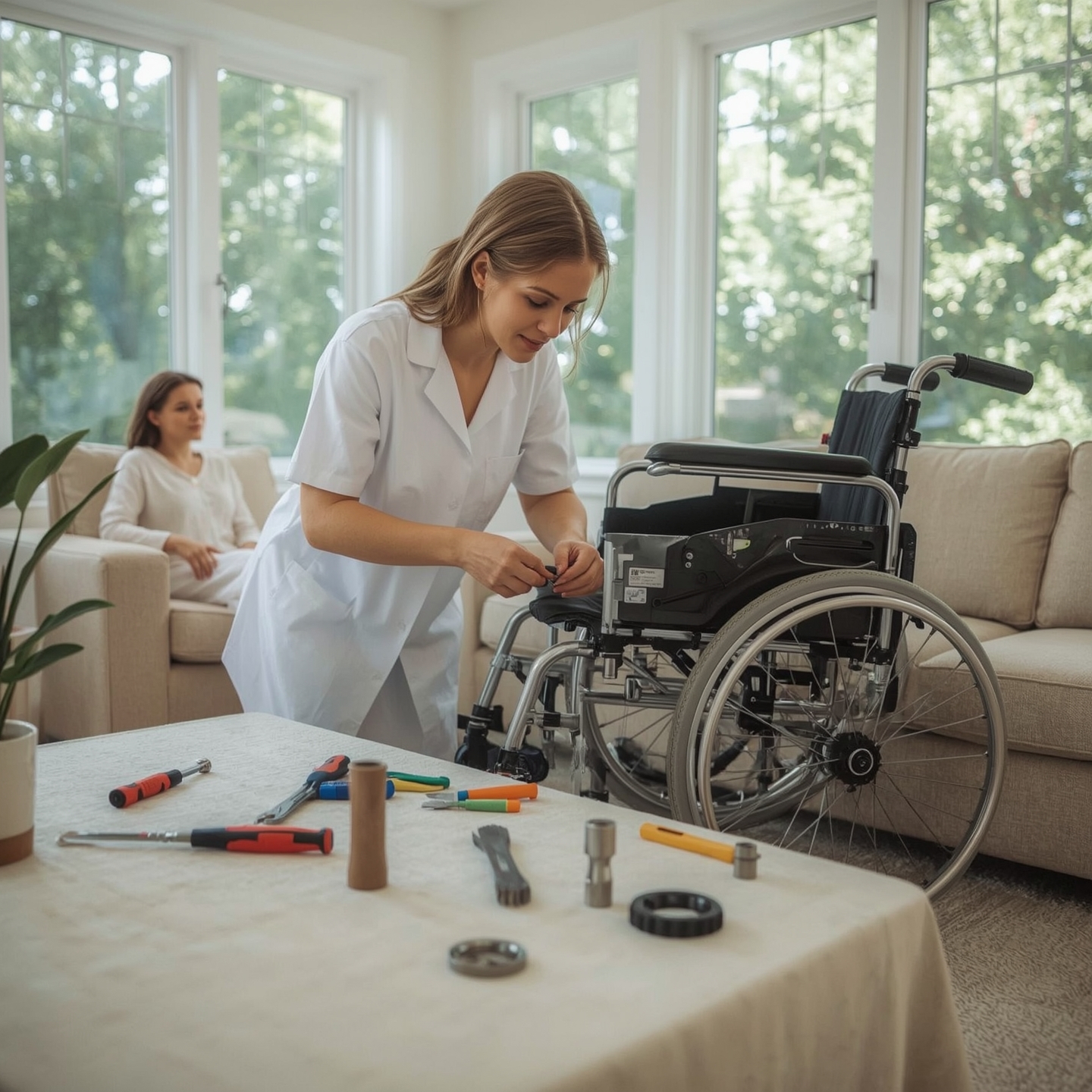Common DME Problems and How to Fix Them
Durable Medical Equipment (DME) is crucial in enhancing the quality of life for individuals with disabilities or chronic illnesses. From wheelchairs to oxygen concentrators, these devices provide essential support for daily activities. However, like all equipment, DME can encounter issues that may hinder its functionality and user satisfaction. Understanding these common problems and knowing how to address them is vital for users, caregivers, and healthcare providers. This article delves into the most frequent DME problems and offers practical solutions to fix them, ensuring that users can continue to rely on their equipment for everyday needs.
Understanding Common DME Problems
Before diving into specific problems, it’s important to understand the broader issues that can affect DME. These include mechanical failures, battery problems, wear and tear, and user error. Each category brings its own set of challenges, requiring different approaches for resolution. Awareness of these issues allows users and caregivers to anticipate potential problems and take preventive measures, thereby extending the lifespan and reliability of the equipment.
Mechanical Failures
Mechanical failures are perhaps the most common issue with DME. These can range from minor malfunctions to complete breakdowns. For example, wheelchairs may experience issues with their wheels, brakes, or frames. Hospital beds may have faulty motors or broken rails. Such failures can arise from manufacturing defects, improper maintenance, or heavy usage.
To address mechanical failures, regular maintenance and inspections are crucial. Users should follow the manufacturer’s guidelines for upkeep and schedule routine checks by professionals. In cases of malfunction, consulting with a certified repair technician ensures that repairs are done correctly and safely. It is also beneficial to have a basic toolkit handy for minor repairs, such as tightening screws or adjusting brakes.
Battery Problems
Battery issues are common in DMEs that rely on electricity, such as power wheelchairs and scooters. These problems can include reduced battery life, failure to charge, or complete battery failure. Over time, batteries naturally degrade, losing their ability to hold a charge effectively.
To mitigate battery issues, users should adhere to proper charging practices, such as avoiding overcharging and allowing the battery to fully discharge occasionally. Regularly checking the battery’s health and replacing it as needed can prevent unexpected failures. When purchasing replacement batteries, it’s essential to choose high-quality options that meet the manufacturer’s specifications.
Wear and Tear
Wear and tear are inevitable with the regular use of DME. Components such as upholstery, tires, and straps can degrade over time, leading to discomfort or safety hazards. For instance, worn-out wheelchair tires can affect mobility, while frayed straps on a lift can pose a risk of injury.
To combat wear and tear, users should perform periodic checks on their equipment and replace worn components promptly. Investing in protective covers and using equipment within recommended weight limits can also reduce wear. Regular cleaning and proper storage further help maintain the equipment’s condition.
User Error
User error is another significant factor contributing to DME problems. Incorrect usage, such as overloading a device or operating it improperly, can lead to damage or malfunction. This issue often arises from a lack of understanding or inadequate training.
To prevent user error, comprehensive training on the proper use of DME is essential. Manufacturers and healthcare providers should offer clear instructions and demonstrations. Users and caregivers should familiarize themselves with the equipment’s manual and seek assistance when unsure about its operation. Regularly reviewing operating procedures can reinforce good practices and prevent errors.
Specific DME Problems and Their Solutions
While understanding the general categories of DME problems is beneficial, addressing specific issues requires targeted solutions. Below are some common DME problems and how to fix them effectively.
Wheelchair Issues
Wheelchairs, both manual and powered, can encounter a variety of problems. Common issues include difficulty maneuvering, faulty brakes, and uncomfortable seating.
For maneuverability issues, checking the wheel alignment and ensuring tires are properly inflated can make a significant difference. It’s also important to keep axles and bearings clean and lubricated. Brake problems often result from misalignment or wear. Adjusting the brake tension and replacing worn brake pads can restore functionality.
For seating discomfort, consider adjusting the seat cushion or replacing it with a higher-quality option. Ensuring the chair is properly sized for the user can also improve comfort and support.
Oxygen Concentrator Problems
Oxygen concentrators are vital for individuals with respiratory conditions, but they can face issues like reduced oxygen output or alarming sounds. Reduced output may result from a dirty filter or a clogged system.
Regularly cleaning or replacing filters and ensuring proper ventilation around the device can prevent these issues. If the concentrator emits warning sounds, consulting the manual for troubleshooting steps often provides a solution. If the problem persists, contacting a technician is advisable.
Mobility Scooter Malfunctions
Mobility scooters can experience issues such as loss of power, steering problems, or difficulty in charging. These problems can significantly impact a user’s independence and mobility.
For power loss, checking the battery connections and ensuring they are secure can resolve the issue. If steering is problematic, inspecting the tiller and adjusting it as needed can help. Charging difficulties often stem from faulty chargers or connectors, so verifying the charger’s condition and replacing damaged parts can restore functionality.
Preventative Measures for DME Maintenance
Preventive maintenance is key to avoiding many common DME problems. By implementing regular maintenance routines, users can extend the life of their equipment and ensure it remains reliable.
Establish a Maintenance Schedule
Creating a maintenance schedule tailored to the specific needs of the equipment is vital. This schedule should include regular inspections, cleaning, lubrication, and part replacements. Keeping a maintenance log helps track when services were performed and identifies patterns in recurring issues.
Educate Users and Caregivers
Education is crucial in preventing user error and ensuring proper equipment use. Offering training sessions and providing easy-to-understand manuals can enhance user confidence and competence. Encouraging users to ask questions and seek clarification helps prevent misunderstandings and misuse.
Partner with Reliable Suppliers
Working with reputable DME suppliers ensures access to quality products and support. Reliable suppliers provide thorough product information, maintenance tips, and responsive customer service. They can also offer warranties and service agreements that provide peace of mind and protection against unexpected issues.
Conclusion
Durable Medical Equipment is indispensable for many individuals, providing the support and assistance needed to navigate daily life. However, DME is not immune to problems that can hinder its effectiveness. By understanding common DME issues and implementing practical solutions, users and caregivers can maintain the functionality and longevity of this essential equipment. Regular maintenance, proper training, and partnering with reliable suppliers are key strategies in preventing and addressing DME problems. With these measures in place, users can continue to rely on their equipment, enhancing their quality of life and independence.




